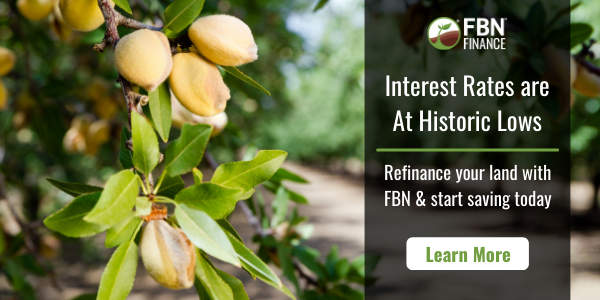
Trials conducted at the UC Desert Research and Extension Center and several commercial fields in Holtville are focused on best irrigation and nitrogen management in carrots. One of the major commodities grown in Imperial County, carrots are grown on an average of 16,000 acres.
Ali Montazar, UCCE irrigation and water management advisor in Imperial, Riverside and San Diego counties, said nitrogen and irrigation management in carrot production is critical for increasing efficiency in crop production and decreasing costs and nitrate leaching.
In desert carrot production, a common irrigation practice in stand establishment is to sprinkler irrigate the field every other day during the first two to three weeks after seeding. Many fields are furrow irrigated after germination. Montazar said a comparison of applied water and crop water consumption indicates that carrot fields could be over-irrigated during the stand establishment period.
There is a wide range in the length of carrot crop season anywhere from 125 days to 190 days. Montazar said the trials showed that carrot fields may also have variable water requirements due to soil types, early or late planting dates and length of crop season. A peak daily crop water use of 0.21 inches on March 23, 2020 151 days after planting was observed in a fresh market carrot field.
Use of sprinkler irrigation during the critical fruit set period allows for more frequent and lighter water applications than furrow irrigation and helps avoid wet and dry soil cycles which contribute to splitting of roots. Sprinklers also reduce salinity.
Montazar said that given an irrigation system efficiency of 70%, the approximate gross irrigation for carrots in that area is 1.9 to 2.1 acre feet, not including pre-irrigation.
Preliminary results of the trials show a notable amount of N uptake both in the roots and tops at harvest. Nearly 50% of the seasonal N accumulated in the tops and roots at 85 to 90 days after planting when the canopy is fully developed. An effective N application could be splitting N into 10% to 15% at planting, and the remainder through irrigation over the season, completed 15 to 20 days prior to harvest.
Montazar noted that 45% to 55% of total N accumulated in the carrot plants, mainly tops, are left in the field as residual soil N and can be a source of N for the next season.
This project was funded by the CDFA FREP and California Fresh Carrot Advisory Board.























